Tempest Rising: A Nostalgic RTS Masterpiece
From the moment I launched the Tempest Rising demo, I was hooked. The opening cinematic, complete with cheesy dialogue from heavily armored soldiers and a nervous scientist, brought a smile to my face. The music, UI, and units perfectly captured the essence of my high school days, spent late nights playing Command & Conquer with friends fueled by caffeine and junk food. This modern take on a classic RTS is a blast from the past, and I'm eager to see what Slipgate Ironworks has planned for the full release. Whether battling bots in Skirmish or facing off in Ranked Multiplayer, Tempest Rising felt instantly familiar and comfortable.
This nostalgic feel is intentional. The developers aimed to create an RTS game reminiscent of 90s and 2000s classics, enhanced with modern quality-of-life improvements. Set in an alternate 1997, where the Cuban Missile Crisis escalated into World War 3, Tempest Rising introduces a unique element: strange, energy-rich vines thriving in the nuclear fallout.
Tempest Rising Screenshots

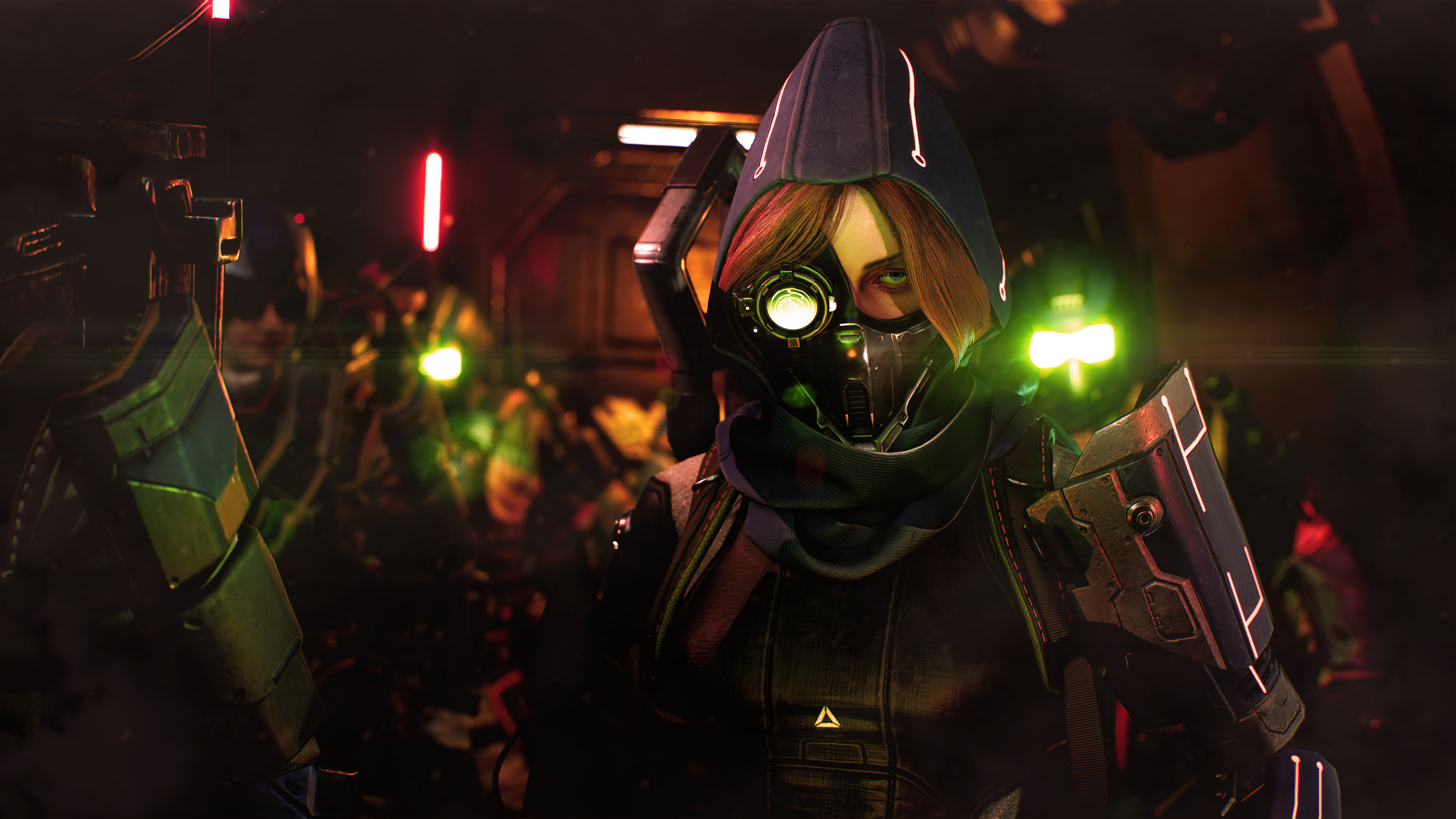 8 Images
8 Images
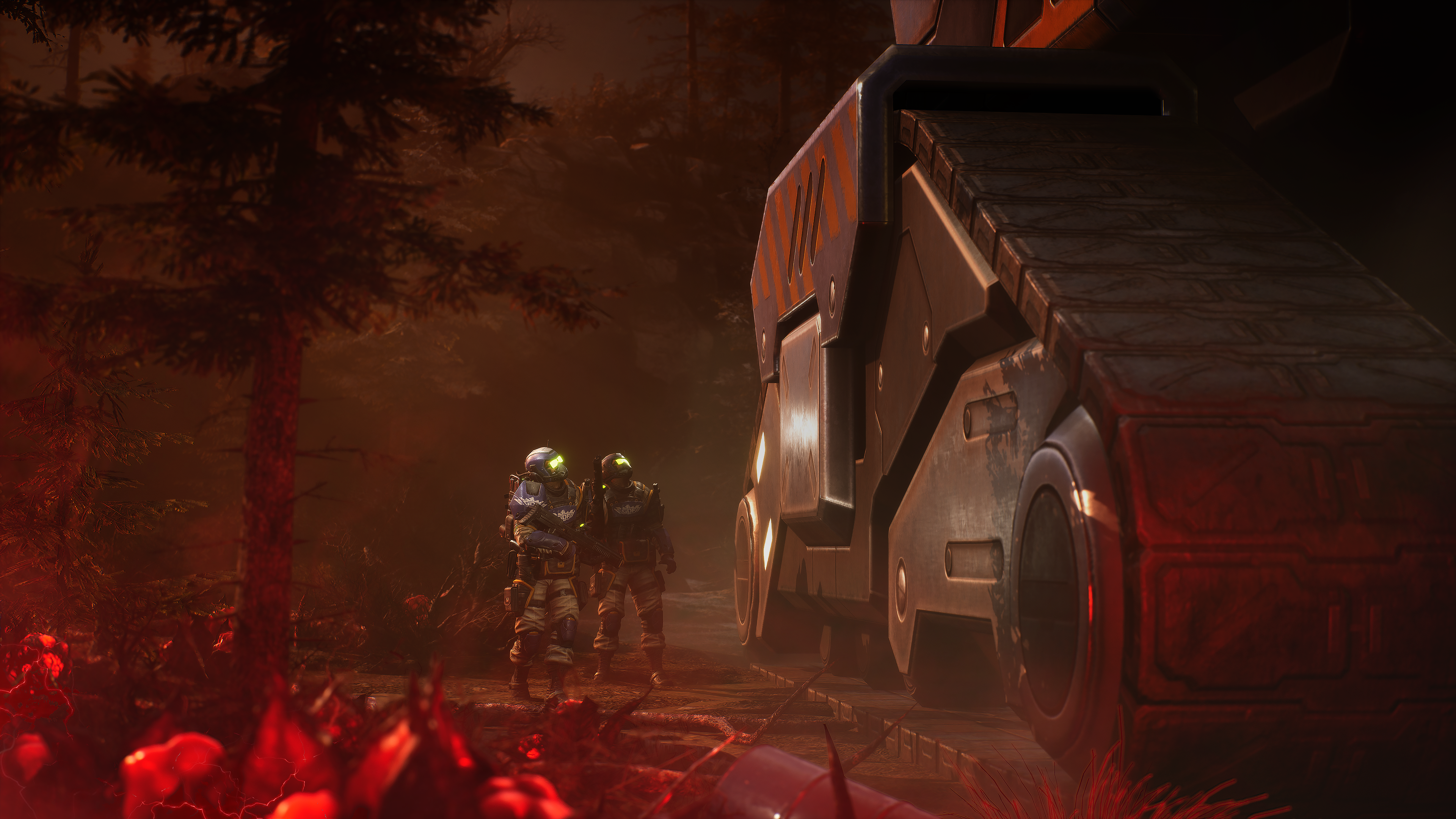
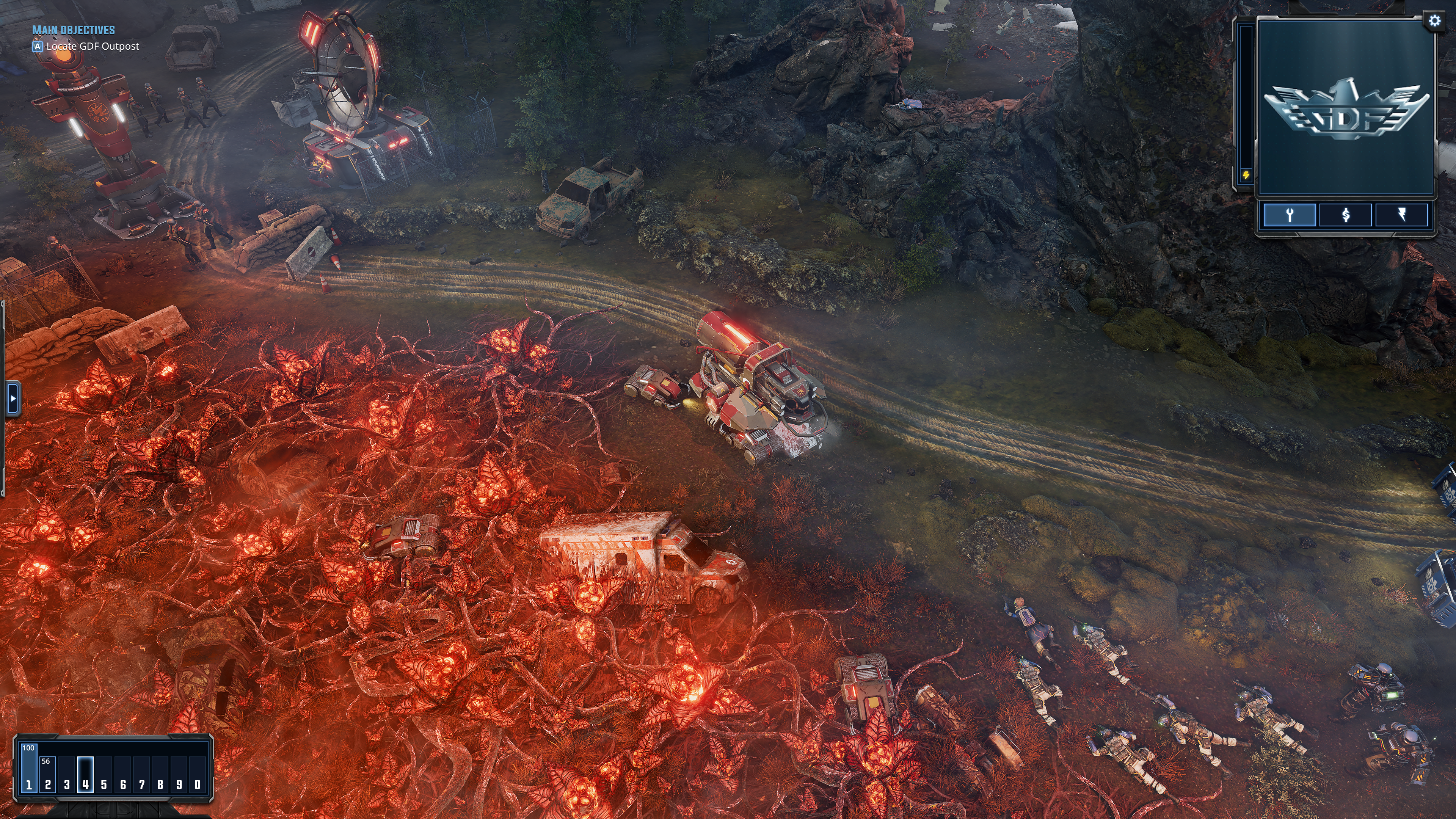
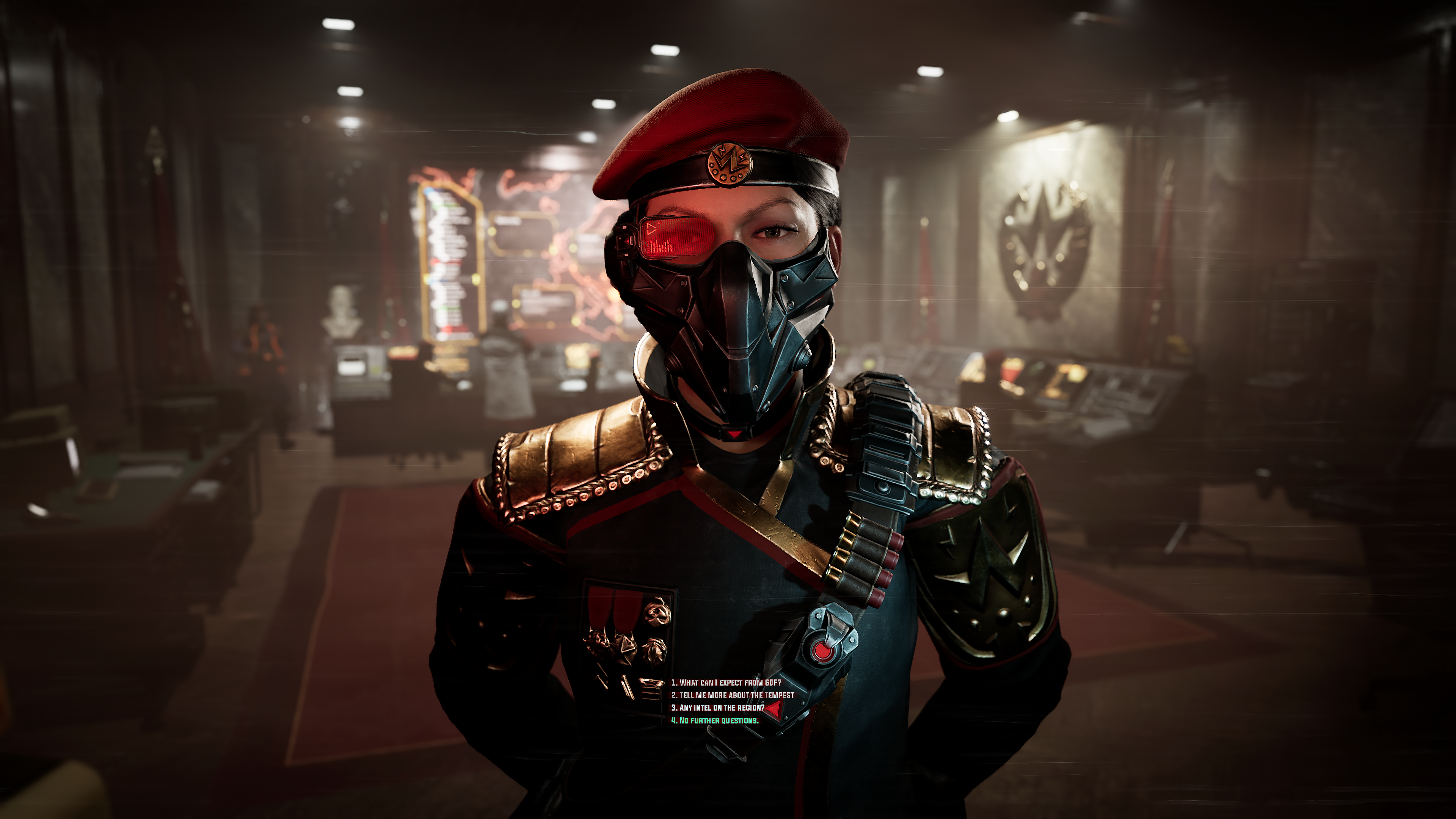
The demo focused on multiplayer, so I'll have to wait for the full release to experience the story mode, which features two 11-mission campaigns, one for each main faction: the Tempest Dynasty (TD) and the Global Defense Forces (GDF). A third faction remains shrouded in mystery.
The Tempest Dynasty immediately captivated me, particularly their amusing Tempest Sphere—a rolling death machine that crushes infantry. The Dynasty also utilizes "Plans," faction-wide bonuses activated through the Construction Yard. Switching between the Logistics Plan (faster building and resource gathering), the Martial Plan (increased unit attack speed and explosive resistance), and the Security Plan (reduced unit and building costs, enhanced repair, and expanded radar) created a dynamic gameplay loop.
The Dynasty's Tempest Rigs, mobile resource harvesters, offer unparalleled flexibility in base expansion. Their ability to harvest remotely and relocate makes aggressive expansion strategies incredibly effective.
The Salvage Van, a versatile unit capable of both repairing and destroying vehicles, added a layer of strategic depth. Ambushing opponents and reclaiming their resources proved incredibly satisfying.
Power plants can switch to Distribution Mode, boosting nearby construction and attack speed at the cost of taking damage—a risk worth taking for a significant advantage.
While I favored the Tempest Dynasty, the GDF offers a compelling alternative, focusing on buffing allies, weakening enemies, and controlling the battlefield. The Marking mechanic, where units mark enemies for debuffs and intel drops, is particularly effective when combined with specific Doctrine upgrades.
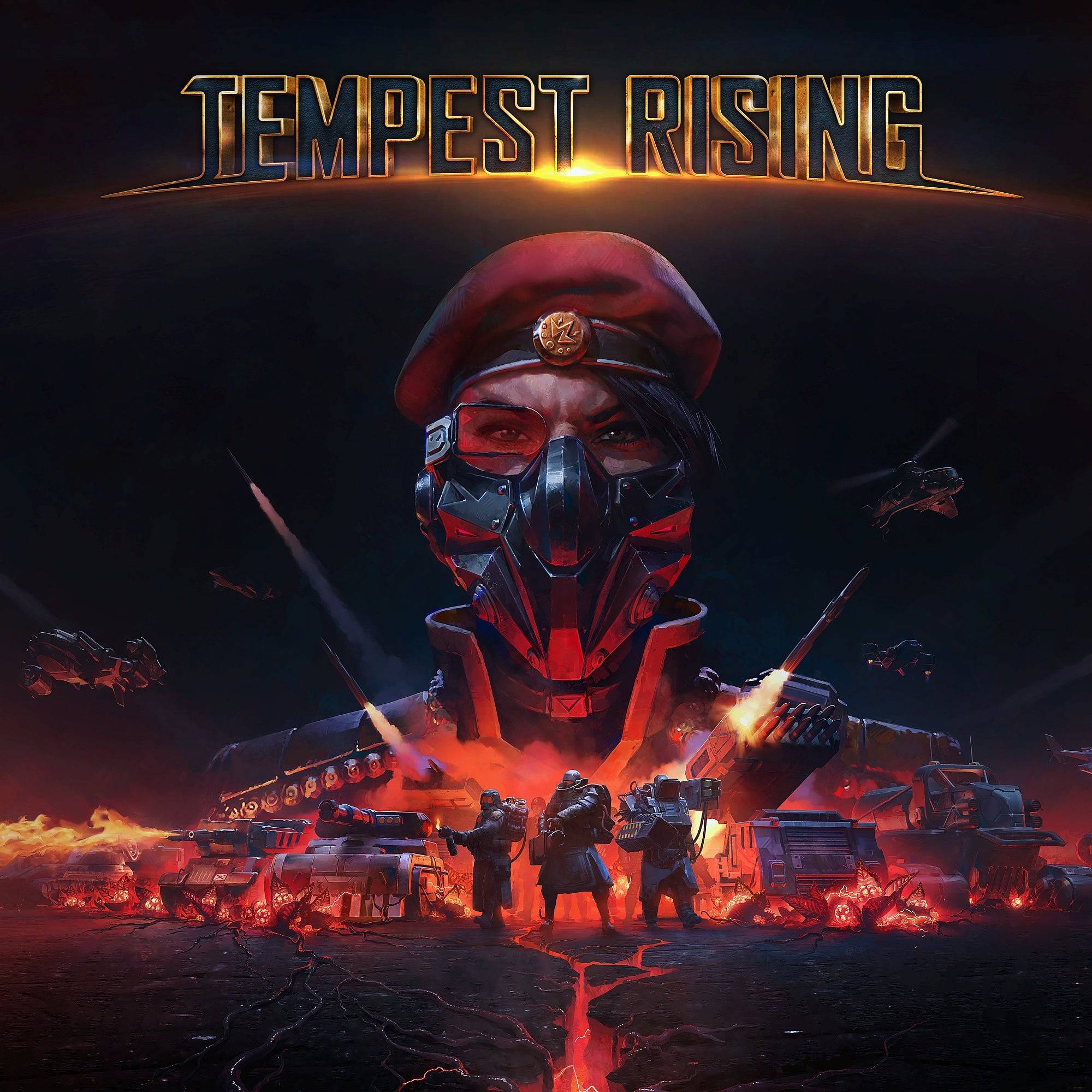 Tempest Rising3D Realms Wishlist
Tempest Rising3D Realms Wishlist
Each faction boasts three tech trees, offering strategic customization. Beyond the tech trees, constructing advanced buildings unlocks powerful cooldown abilities, adding another layer of tactical decision-making.
The Dynasty's Lockdown ability prevents enemy base takeovers, while the Field Infirmary provides crucial mobile healing.
The upcoming custom lobbies will allow for cooperative gameplay against challenging AI opponents. Until then, I'll continue refining my strategies, crushing my bot enemies with overwhelming force.















